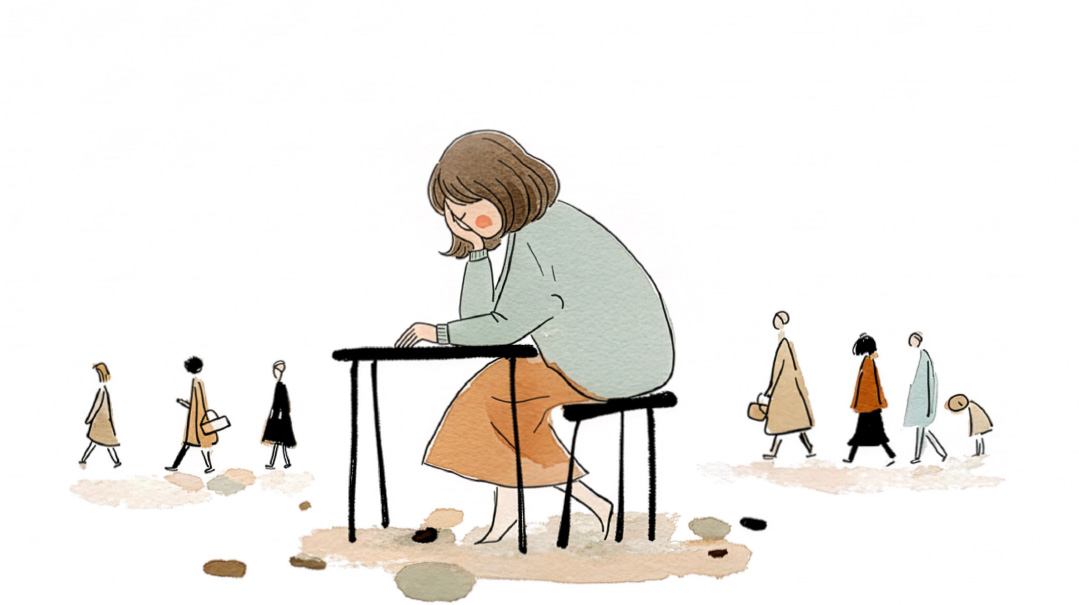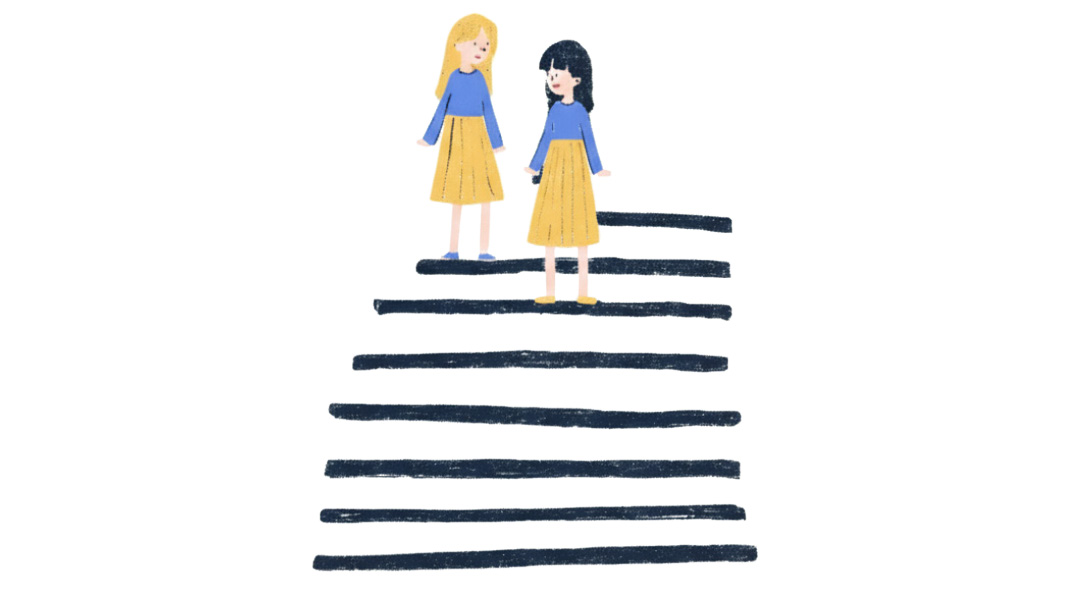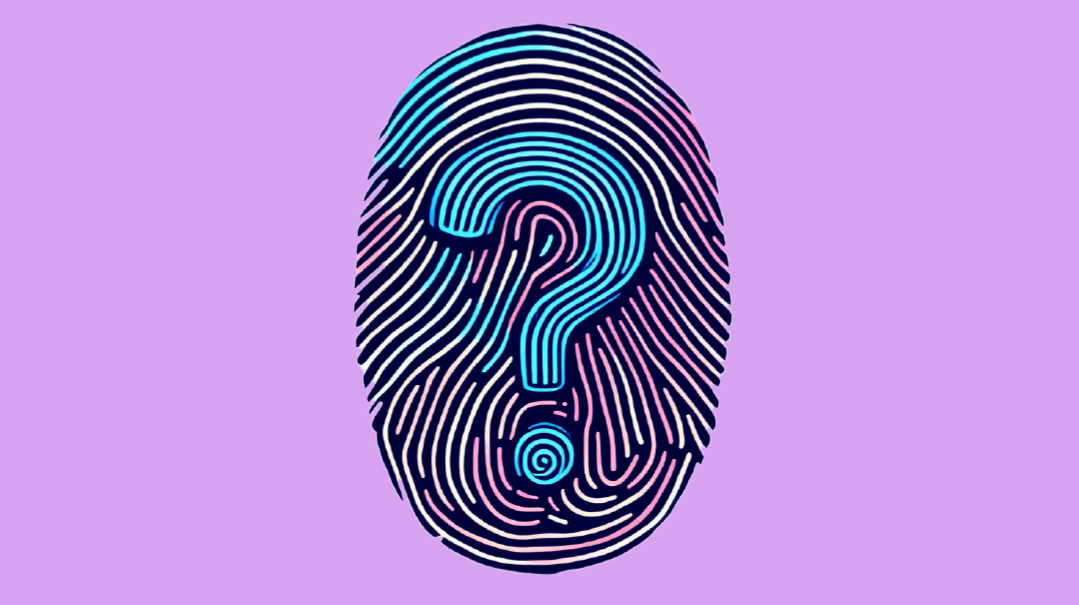Which One Is It?
| May 27, 2025The client is there for therapy, not for buying herself a friend

Q:
I’m confused about the process of psychotherapy. First of all, there are so many emotional healing modalities out there — CBT, DBT, IFS, EMDR, art therapy — to name just a few. And how does therapy work — is it the modality that is curative or is it the therapeutic relationship? If the therapist-client relationship is central to the healing process, wouldn’t it be traumatizing to clients to have to eventually end therapy? And, adding insult to injury, wouldn’t clients then realize that the relationship wasn’t real, it was only based on paying money as long as the therapy was continuing? I’m thinking of going to therapy because I really want someone to understand and support me. But I don’t want a fake and temporary experience that will just add to my history of painful relationships. Am I right to be worried about this?
A:
These are good questions and concerns. Let’s address them in the order you wrote them.
First, you want to know what is the therapeutic aspect to therapy — the techniques the therapist uses or the therapist-client relationship. How much the therapist-client relationship matters to the treatment depends entirely on what treatment is being used. Some therapeutic approaches rely heavily on the therapeutic relationship, while others don’t. CBT, for example, works very well even when carried out by computer or workbook exercises. Behavioral therapies are definitely less therapist oriented as well. Some experiential psychotherapies focus much more on the internal experience of the client than they do on the therapeutic relationship.
On the other hand, therapies like Rogerian (client-centered) therapy, psychodynamic therapy, relational psychotherapy, humanistic and relationship-based therapy, all rely heavily on the therapist-client relationship.
You ask whether it is hard to give up a cherished bond with a therapist and suggest that it might even be traumatic to do so. Ideally, the therapist is a well-trained professional who is able to maintain a good therapeutic relationship with the client without encouraging emotional dependence. This means that the therapist — in a warm, friendly, and caring manner — uses techniques from different modalities to help a client unburden herself from unfinished childhood business, and divest herself of internal conflicts, unhealthy mental habits, and old defenses.
The therapist also, through specific techniques and the therapeutic relationship itself, helps the client acquire greater emotional and social intelligence for better mental and emotional health and more successful relationships.
The therapist doesn’t become the client’s mother or best friend or any other type of real-world companion. The therapist maintains professional boundaries, weekly client hours, and practices that maintain a protective distance. The client is there for therapy, not for buying herself a friend.
Because of these protective barriers, clients are able to separate without undue stress when it is time for therapy to end. Moreover, the healed client has a new internal relationship — one that supports herself. She no longer needs the regular contact of her therapist in order to feel whole. When she leaves therapy in this state, she will not be mourning. The end of the therapeutic relationship will not come as a rude awakening or a terrible shock. From the beginning, the relationship was established and maintained as a fee-for-service entity — the client happily paid for the expertise and guidance of one trained to help her find ways to discharge negativity and stress and move to a lighter and brighter future. The client was a motivated student and the therapist an enthusiastic teacher. Mutual respect and caring characterizes this sort of relationship. And where secrets are revealed and deepest feelings are shared, it is all done in the service of healing rather than in the service of bonding.
The client needs to learn to trust and be open and authentic — for the purposes of self-discovery, emotional clearing, and growth, as well as for connection. She learns that another human being can safely listen, accurately reflect, validate, and attune, thereby building a new relationship to humanity rather than to this one special person. What would be the point of therapy if it was no more than a deep relationship between two people? And as you point out, how cruel it would be when clients discover that what they perceive as a personal relationship has a price tag and even so, doesn’t extend past the office doors or computer screen!
Although it is the therapist’s job to create a practice that protects the client from excessive attachment, clients are adults who can use their own discernment to identify “red flags” in the therapy process. Red flags are behaviors that invite excessive dependence or attachment. For example, a therapist who maintains a daily conversation with a client through text messages, phone calls, and sessions, is inviting, and even cultivating, dependence.
Similarly, very long and very frequent sessions draw a client away from her personal life deep into the ocean of therapy. It will be difficult to return to a place where loved ones and friends are busy, distracted, and unable to give hours of undivided attention to one’s every thought and feeling.
If you, as a potential consumer of therapeutic services, don’t want to find yourself wounded and grieving one day for the unique intimacy provided by your therapist, be aware of these red flags.
(Originally featured in Family First, Issue 945)
Oops! We could not locate your form.







